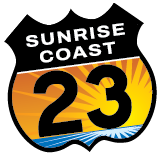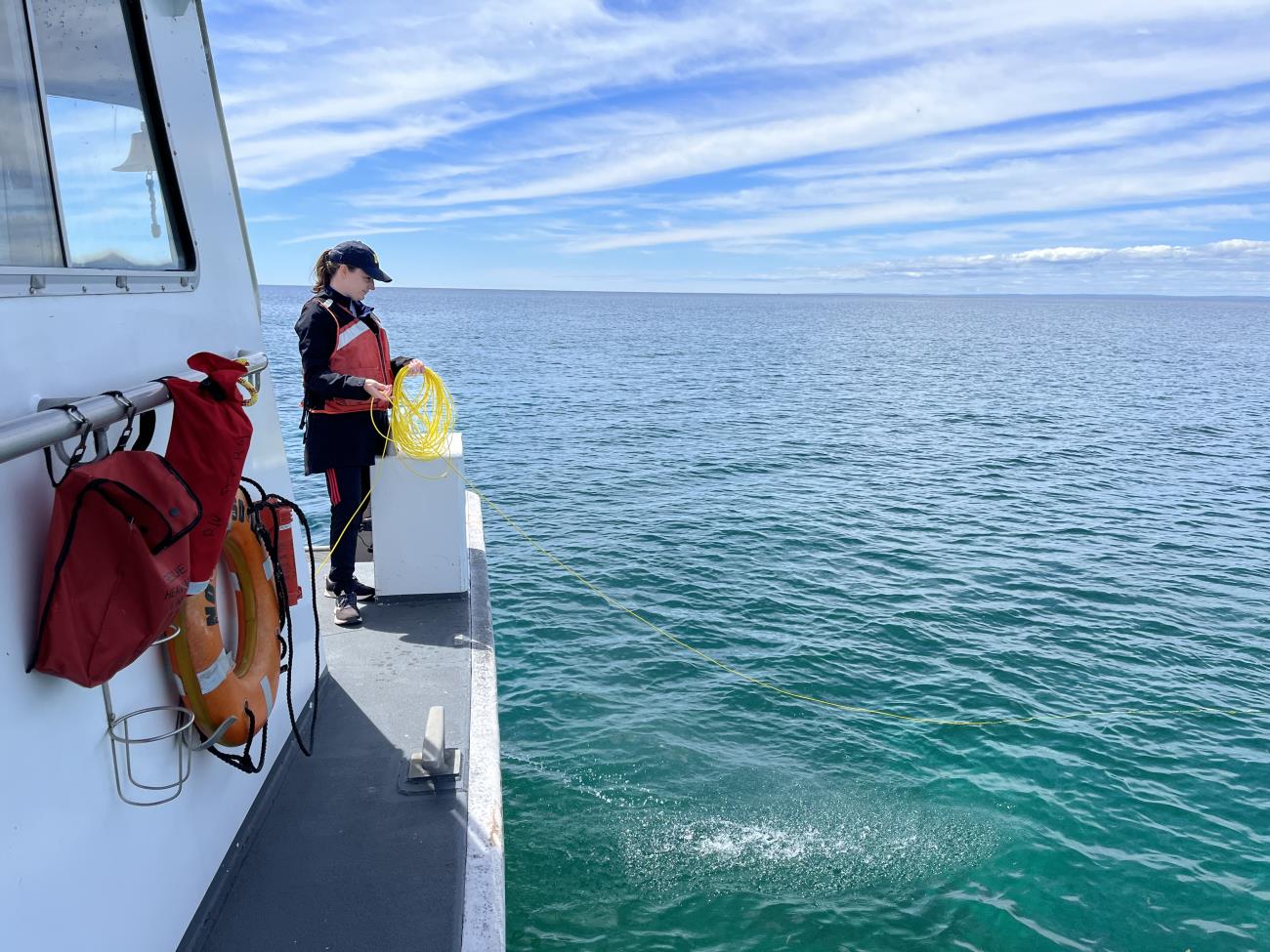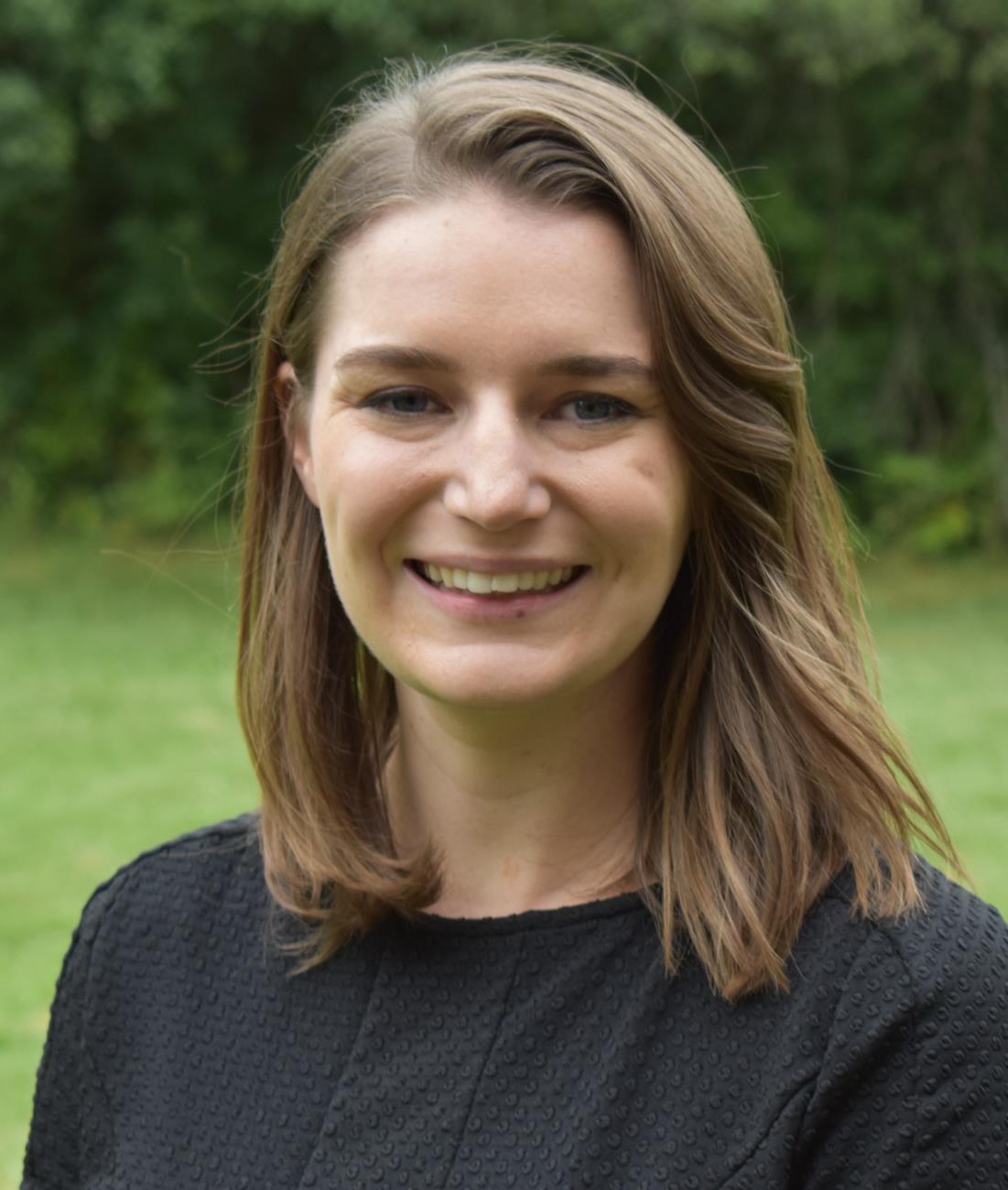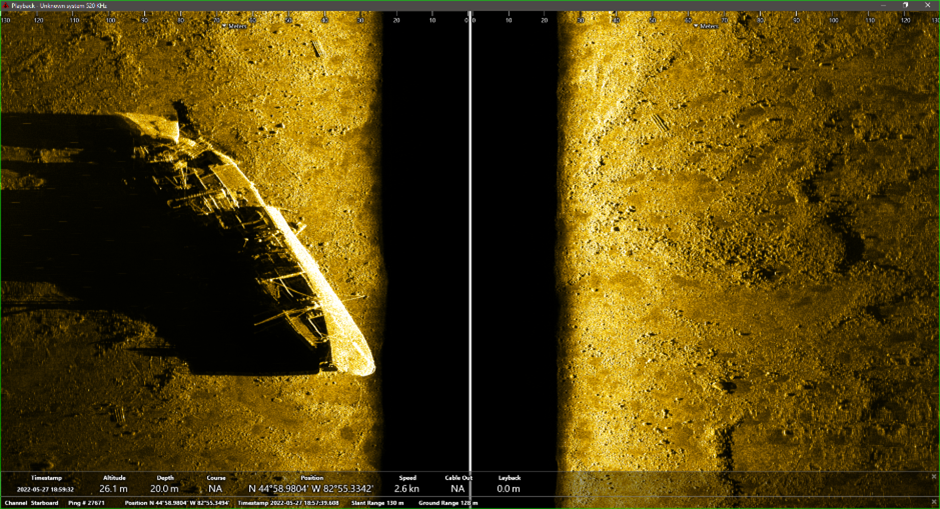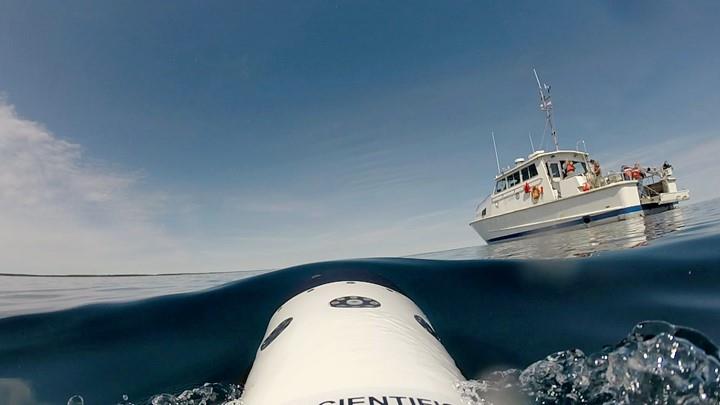7:00 PM to 8:30 PM
Join Dr. Katie Skinner of the University of Michigan’s Department of Naval Architecture and Marine Engineering Robotics Institute as she explores new technology and innovative methods to advance autonomous capabilities of marine robotic systems for search and survey of shipwreck sites. The main goal of this work is to increase efficiency and decrease cost for these missions. To achieve this objective, this work aims to (i) develop novel machine learning algorithms for detection and ranking of potential targets of interest from sonar data collected through large area robotic surveys, (ii) to develop novel methods for efficient path planning of robotic surveys to collect high resolution imagery from potential sites of interest, and (iii) to validate proposed methods through large area robotic search and survey of shipwreck sites in the Thunder Bay National Marine Sanctuary (TBNMS) in Lake Huron. TBNMS offers a unique environment for developing the proposed technology as it contains almost 100 known shipwreck sites and over 100 undiscovered sites. Data collected throughout this project will be made publicly available as a benchmark dataset to encourage and enable future research at the intersection of machine learning and ocean exploration. While the developed technology will be immediately applied to search for shipwreck sites in TBNMS, it will be widely applicable to enabling new discovery of submerged maritime assets in deep ocean water.
